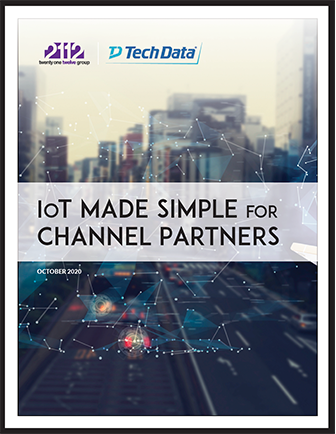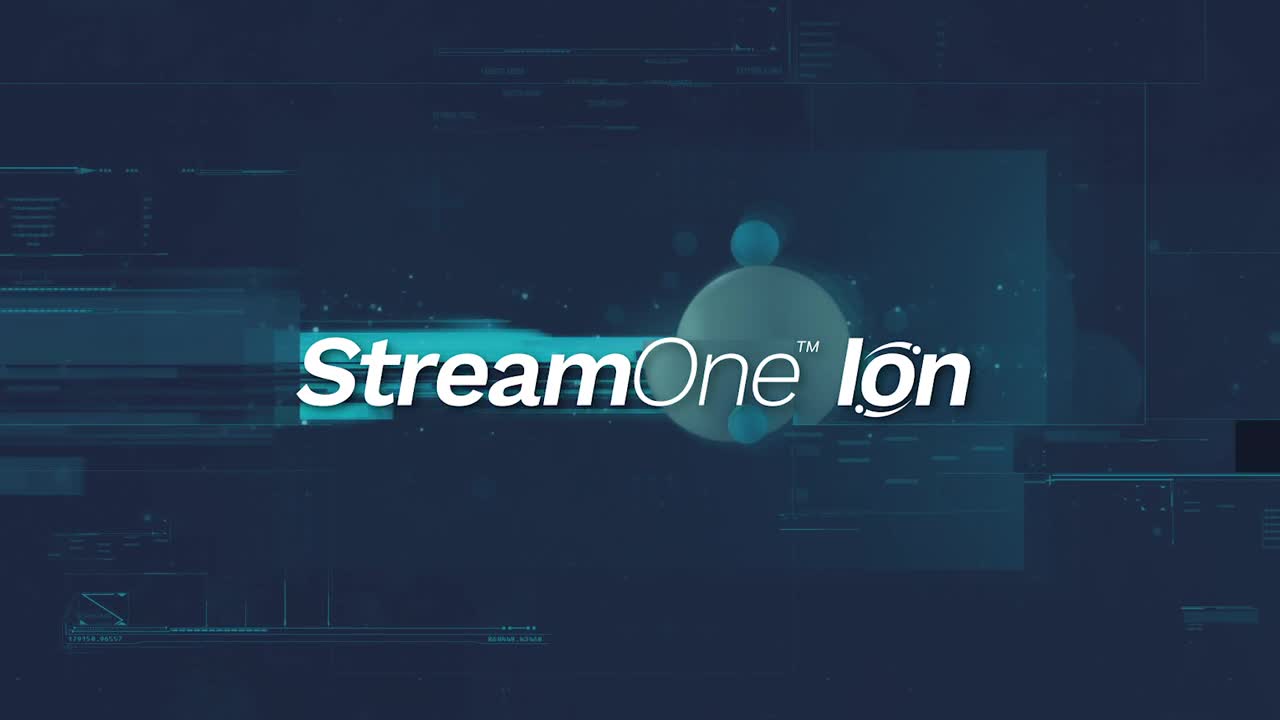
Supply Chain
In a highly competitive retail market, the integration of backend transactional systems with front end systems is key for delivering reliability 24/7/365. Implementing smarter, defined supply chain processes to ensure high-quality data exists throughout the complete intelligence lifecycle can help reduce operational costs and improve insights for retailers.




